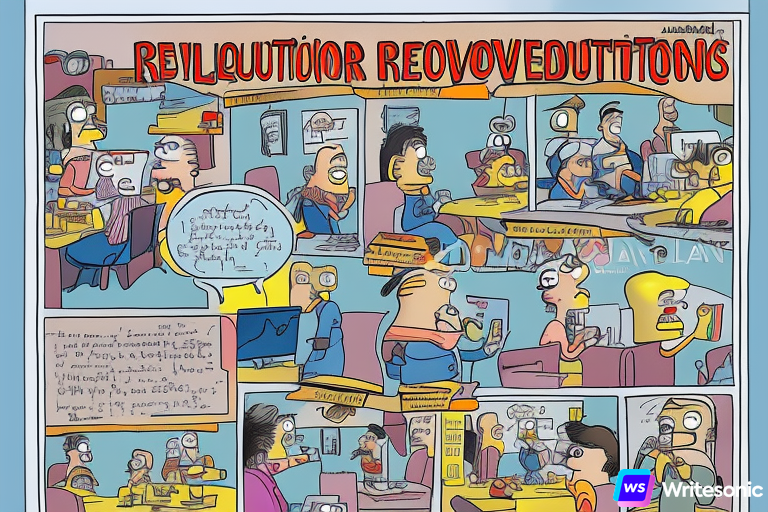How to Find Success By Networking with 21st-Century Learning
Three years ago, the Chelmsford Public School District (CPSD) in Massachusetts was ready to step up to a 21st century learning environment, but its network was stuck in a previous era.
“We’ve done a lot of work on the network because it’s crucial to providing what our students need,” says Fiore, whose district is located 25 miles northwest of Boston.
Having made substantial progress on the new network, CPSD launched a districtwide BYOD program in 2012, augmenting student-owned devices with 900 tablets distributed on carts among its eight schools. The network upgrade has also been crucial to implementing the Universal Design for Learning (UDL), a project that retrofits older classrooms with modern technology, such as tablets, digital media players, interactive whiteboards and document cameras, Fiore says. UDL is a high priority, she notes, given that the newest Chelmsford public school was built in 1975.
“You have to have the network to support the learning technology we’re putting in the classrooms,” she says.
CPSD has adopted cloud-based Microsoft Office 365 for messaging and productivity. Besides offering increased access to tools for students and staff, Office 365 relieves pressure on the network and on the IT staff, says Network Administrator Matthew Hall.
To bolster security for the BYOD program, CPSD segmented its network.
“We don’t allow student devices on the internal network,” says Hall. “We’ve set up a separate virtual local area network for them.”
The district has adopted a mobile device management platform that will allow the IT team to monitor hardware and software on the network, and ease the rollout of new applications, says Hall. Application monitoring tools help complete the network environment, he says.
The upgraded network is complemented by a dedicated fiber link that connects the schools, which was established as part of a unified technology plan between the CPSD and the town, says Fiore. The district also changed its Internet provider to get more high-speed broadband to the schools. The infrastructure now in place puts the district on firm footing for future technologies, says Fiore.
Just ahead, the IT staff will finish up some long-term projects, such as UDL and a Voice over IP phone system that was enabled by the Power over Ethernet switches on the new network, says Fiore. She is also exploring a video distribution system for Chelmsford’s classrooms.
“The community is very supportive of technology and technology education,” Fiore says. “We have classes in topics like robotics, automation and programming from early on. We have first and second graders who are learning to program. The community knows we need technology to teach technology.”


